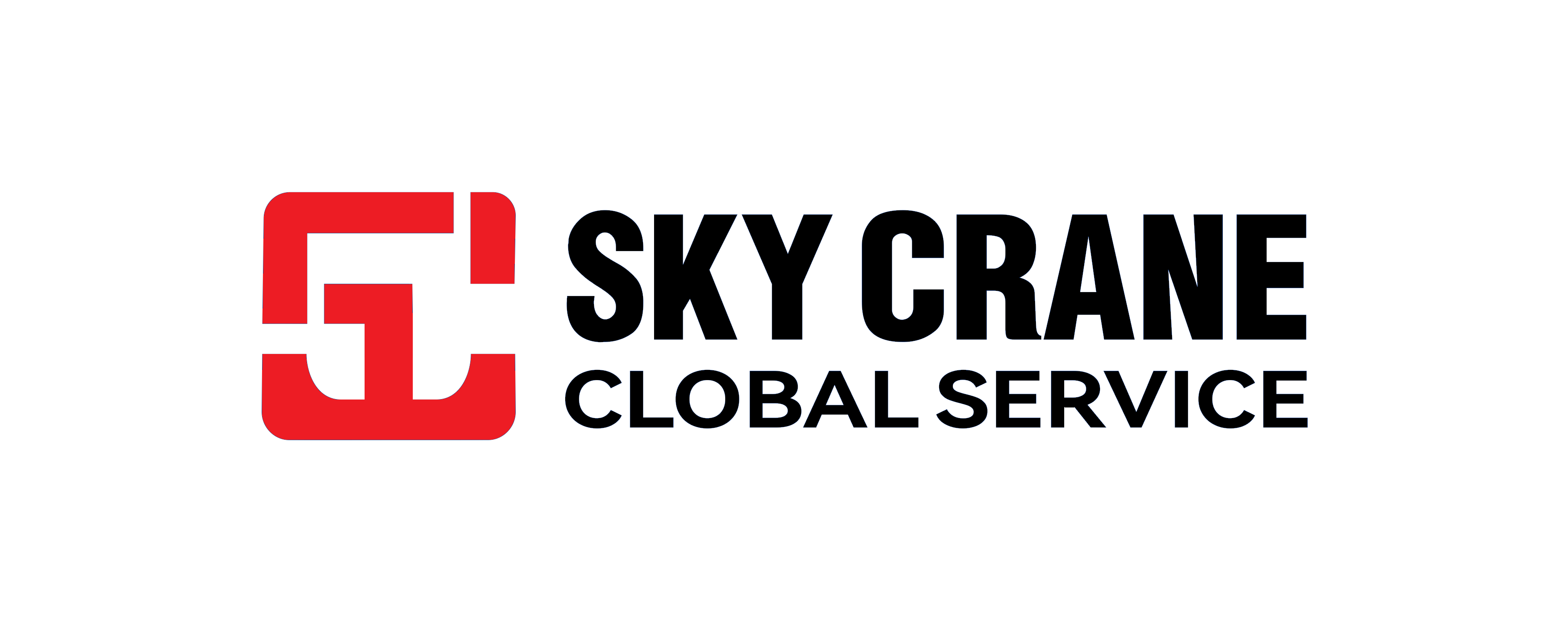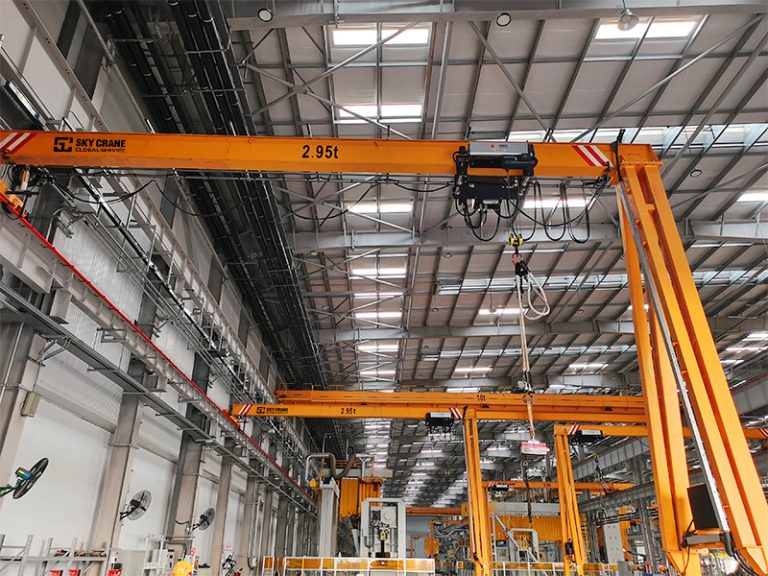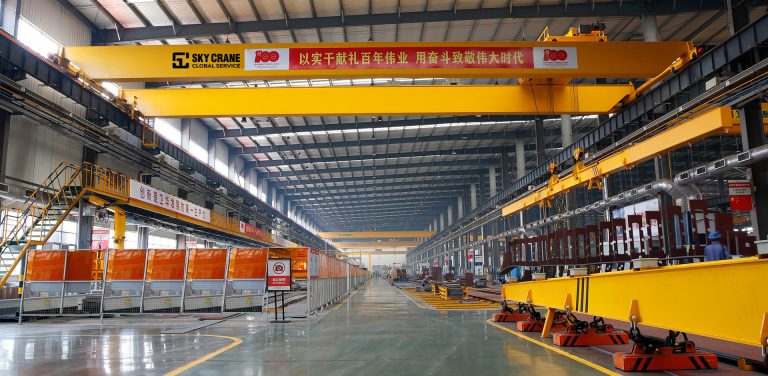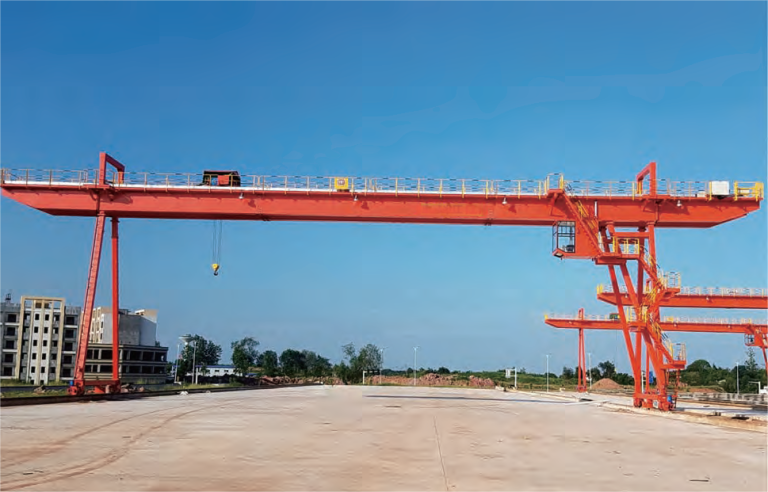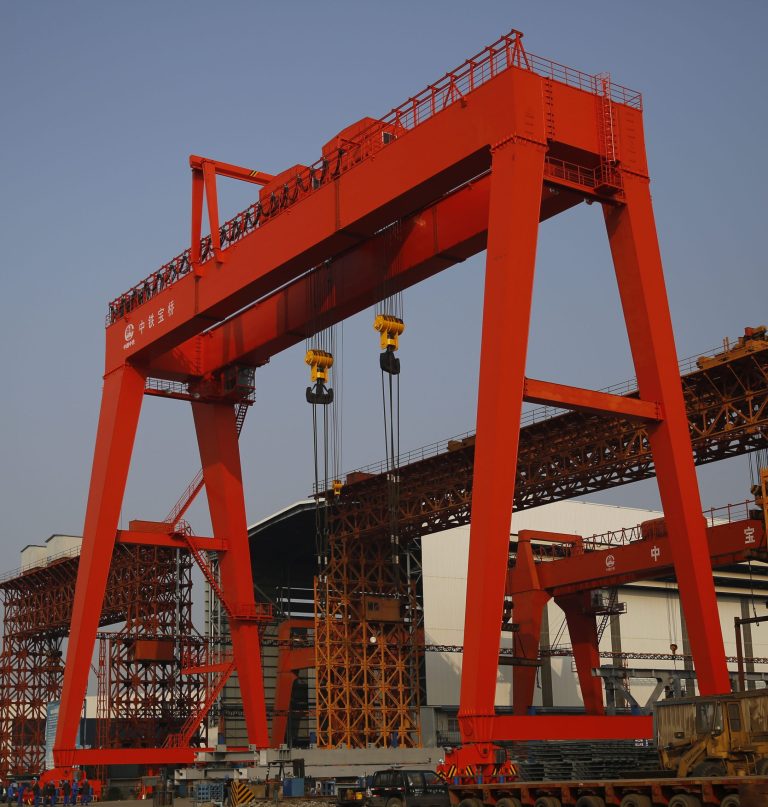Table of Contents
Pomaikai o ka hoohana ana i na Cranes Bridge ma na Hale Hana
Bridge cranes, ʻike ʻia hoʻi he overhead cranes a i ʻole arm cranes, he ʻāpana koʻikoʻi o nā lako i nā hale hana a me nā ʻoihana ʻoihana. Hoʻohana ʻia kēia mau cranes no ka hāpai ʻana a hoʻoneʻe i nā ukana kaumaha me ka pololei a me ka maikaʻi, e hoʻolilo iā lākou i mea hana pono no ka hoʻomaikaʻi ʻana i ka huahana a me ka palekana ma kahi hana. haawe me ka oluolu. Hoʻokomo pinepine ʻia kēia mau cranes ma nā ala e holo ana ma ka lōʻihi o ka hale hana, e ʻae iā lākou e neʻe i ka ʻaoʻao a kū pololei a hiki i nā wahi like ʻole o ka lumi hana. ʻO kēia maʻalahi ka mea e kūpono ai nā pahu uwapo no ka hāpai ʻana a me ka hoʻoneʻe ʻana i nā mīkini kaumaha, nā mea maka, a me nā huahana i hoʻopau ʻia ma ka papahele o ka hale hana. Hiki ke hoʻohana ʻia kēia mau cranes me kahi kiʻekiʻe o ka mana, e ʻae i nā mea hana e hoʻonoho i nā ukana me ka pololei pinpoint. Pono kēia pae o ka pololei i nā hale hana kahi e pono ai ke mālama pono ʻia nā mea maʻalahi a paʻakikī paha e pale aku i ka pōʻino a i ʻole nā ulia. Ma ka hoʻohana ʻana i ka crane alahaka e hāpai a hoʻoneʻe i nā ukana kaumaha, hiki i nā limahana ke pale aku i ke koʻikoʻi o ke kino a me nā pōʻino hiki ke hopena mai ka hāpai lima ʻana. Hoʻohui ʻia, ua hoʻolako ʻia nā ʻōleʻa alahaka me nā hiʻohiʻona palekana e like me ka pale ʻana i ka ukana a me nā pihi hoʻomaha pilikia no ka pale ʻana i nā ulia a me ka mālama pono ʻana i ka pono o nā limahana.
Eia kekahi, hiki i nā cranes alahaka ke kōkua i nā hale hana e hoʻonui i ko lākou wahi i loaʻa. Hoʻokomo pinepine ʻia kēia mau cranes ma luna o ke poʻo, e hoʻokuʻu ana i kahi ākea o ka papahele i ʻole e lawe ʻia e nā mea hoʻokiʻekiʻe kuʻuna a i ʻole nā racks waihona. Hiki ke hoʻohana ʻia kēia wahi ʻokoʻa no nā mīkini ʻē aʻe, nā keʻena hana, a i ʻole ka waiho ʻana, e ʻae ana i nā hale hana e hoʻolālā i kā lākou hoʻolālā a hoʻomaikaʻi i ka pono o ka holo ʻana. Hiki ke hoʻolako ʻia kēia mau cranes me nā mea hoʻopili like ʻole, e like me nā makau, nā magnet, a i ʻole ka hopu ʻana, e mālama i nā ʻano ukana like ʻole. Hiki iā lākou ke hoʻolālā ʻia me nā mana hoʻokiʻekiʻe like ʻole, nā ʻāʻī, a me nā wikiwiki e hoʻokō i nā koi kūʻokoʻa o kēlā me kēia hale hana.
I ka hopena, he waiwai waiwai nā pahu uwapo no nā hale hana e ʻimi nei e hoʻomaikaʻi i ka huahana, palekana, a me ka pono i kā lākou hana. Hāʻawi kēia mau cranes i nā pōmaikaʻi like ʻole, me ko lākou hiki ke hāpai a lawe i nā ukana kaumaha me ka pololei, ko lākou hiki ke hoʻomaikaʻi i ka palekana i ka wahi hana, kā lākou hoʻolālā hoʻolaʻa wahi, a me kā lākou koho hoʻoponopono. Ma ka hoʻokomo ʻana i kahi crane bridge, hiki i nā ʻoihana ke hoʻomāmā i kā lākou hana, hōʻemi i ka hopena o nā ulia, a hoʻonui i ko lākou wahi i loaʻa e loaʻa ai ka lanakila nui ma kā lākou ʻoihana.
Pehea e hoʻomaikaʻi ai nā Arm Cranes i ka maikaʻi ma nā hana hale hana
Ma ka honua wikiwiki o ka hana ʻana, ʻo ka pono ke kī i ka noho hoʻokūkū. ʻO kahi ala e hiki ai i nā ʻoihana ke hoʻomaikaʻi i kā lākou hana ʻoi aku ka hoʻohana ʻana i nā lima cranes. He mea nui kēia mau ʻāpana lako no ka hāpai ʻana a me ka hoʻoneʻe ʻana i nā ukana kaumaha ma kahi hale hana. Ma kēia ʻatikala, e ʻimi mākou pehea e hiki ai i nā lima cranes ke hoʻomaikaʻi i ka maikaʻi ma ka hana ʻana i nā hale hana.
Arm cranes, also known as bridge cranes, is a type of overhead crane with a horizontal beam (ke alahaka) i kākoʻo ʻia e nā ʻaoʻao ʻelua. nā kaʻa kaʻa. Hoʻolako ʻia ke alahaka me kahi hoist, kahi i hoʻohana ʻia e hāpai a hoʻoneʻe i nā ukana kaumaha. Hoʻohana maʻamau ʻia nā lima cranes i nā hale hana a me nā hale kūʻai e lawe i nā mea mai kahi wahi a i kekahi. Pono lākou no ka hoʻoneʻe ʻana i nā mea kaumaha a paʻakikī paha e paʻakikī a hiki ʻole ke neʻe me ka lima.
| Helu | Huahana |
| 1 | LD uila hoʻokahi pahu pahu pahu |
| 2 | Rubber – luhi Gantry Crane |
| 3 | Kaila ʻEulopa |
| 4 | Harbour crane |
One of the main ways that arm cranes improve efficiency in factory operations is by reducing the amount of manual labor required to move heavy loads. In the past, workers would have to use forklifts or other equipment to lift and move heavy items, which could be time-consuming and physically demanding. With an arm crane, a single operator can easily lift and move heavy loads with the push of a button, saving time and reducing the risk of injury.
Another way that arm cranes improve efficiency is by increasing the speed at which materials can be moved from one location to another. Arm cranes are capable of lifting and moving heavy loads quickly and efficiently, allowing factories to increase their production output. This can help factories meet tight deadlines and fulfill customer orders in a timely manner.
Arm cranes are also highly versatile, allowing them to be used in a wide range of applications within a factory setting. They can be used to lift and move materials vertically, horizontally, or even on an incline. This flexibility makes arm cranes an essential tool for factories that need to move materials in various directions.
In addition to improving efficiency, arm cranes can also help factories save space. Because arm cranes are mounted overhead, they do not take up valuable floor space like other types of lifting equipment. This allows factories to maximize their usable space and organize their materials more efficiently.
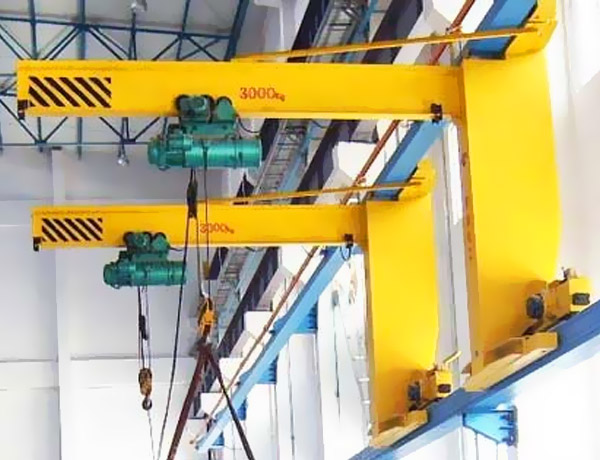
Overall, arm cranes are an essential tool for improving efficiency in factory operations. By reducing the amount of manual labor required, increasing the speed at which materials can be moved, and saving space, arm cranes can help factories increase their productivity and stay competitive in today’s fast-paced manufacturing environment. Whether used for lifting heavy loads, transporting materials, or organizing inventory, arm cranes are a valuable asset for any factory looking to improve efficiency and streamline their operations.
